

 |
 |
|---|
| FUN ZEBRA SCIENCE FACTS |
|---|
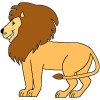 |
 |
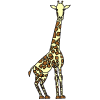 |
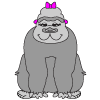 |
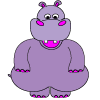 |
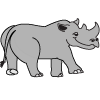 |
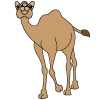 |
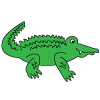 |
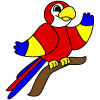 |
 |
Lessons |
|---|
|
|
|---|
| Home | Blog | Videos | Characters | For Grown Ups | Voice Over Characters | Arts and Crafts | Educational | Webby Wanda's Shop |
|---|
BY ALPHABETICAL ORDER DRAWING LESSONS PETS AND FARM ANIMALS FRUITS AND VEGETABLES HOLIDAYS |
WEBBYWANDA.TV'S ZEBRA SCIENCE FACTS
|
Save $10 on orders of $75 in the Discovery Channel Store. Use code 10BACK. Exclusions apply. |
Play With Dolphins at Discovery Cove! |
||||
.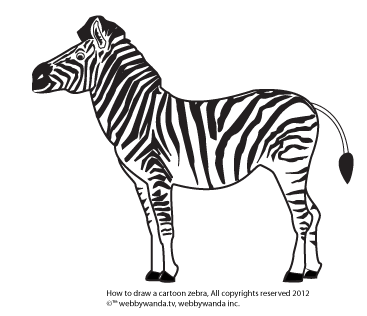 Click on the Zebra to go to the how to Draw A Cartoon Zebra lesson |
|||||||
| Plains zebra Equus burchellii The most familiar of the striped members of the horse family, living in harems on the grasslands of Africa. Physical description
Distribution
Habitat
Diet
Behaviour |
There is no mistaking what you're seeing when you spot a horselike animal with black-and-white stripes: it's a zebra. Scientists have several theories about other reasons why zebras have stripes. Camouflage leads the list. Stripes make a herd of zebras look confusing to a predator, especially when they're moving, and particularly at dawn and dusk. It's hard to tell where one zebra ends and another begins. If a predator such as a lion can't pick out an individual zebra to zero in on for a kill, it's less likely to succeed in bringing one down for a meal. If a zebra is picked out of a herd by a predator—such as a lion, leopard, hyena, or cheetah—its main defense, after running, is a few powerful kicks with its hind legs. The main diet of zebras is grass. They also eat bark and leaves, as well as buds, fruit, and roots. They graze during the day, sticking together in herds. Within a herd, zebras tend to stay together in smaller family groups. Families are generally made up of a male, several females, and their young, these groups are called harems.
|
||||||
Reproduction
Conservation status
Voice
History |
As with horses, male zebras are called stallions, females are mares, and the young are called foals. As a zebra grazes, it uses its sharper front teeth to bite the grass, and then uses its duller back teeth to crush and grind. A zebra's teeth keep growing for its entire life, because constant grazing and chewing wears them down. Zebras are constantly on the move to find fresh grass and water. Sometimes they gather in huge herds of thousands as they migrate to better feeding grounds. They often travel in mixed herds with other grazers and browsers, such as wildebeest. This species is also called the plains zebra and the common zebra. They are, in fact, the most common of the three species. A group of zebras is called a herd. Zebras live in parts of Africa. On average, a zebra in the wild lives 25 years. A zebra's night vision is believed to be as good as an owl's.
|
Thank you for visiting my Arts and Crafts web site!
I would be very grateful if you would please give the gift of creativity, and shop for your gifts at the stores on my site. I recently was in the hospital for over 15 days in October 2012, due to a serious illness and currently rely on the income from this web site as I am not eligible for unemployment benefits.
|
|||||
Zebras range from a height of 3.5 to 5 feet (1 to 1.5 meters) at the shoulder. They weigh from 440 to 990 pounds (200 to 450 kilograms). Zebras belong to the horse family. A zebra can run up to about 35 miles per hour (56 kilometers per hour). Zebra noises include braying, barking, and snorting. Zebras groom one another. If you see two zebras standing close to each other and it looks like they're biting each other, don't worry. They're pulling loose hairs off each other as they groom. Grooming also feels good to a zebra—it's like having an itch scratched. Facts from National Geographic: |
|||||||
 |
|||||||
|
|||||||
| How to draw a cartoon Zebra, ®™ with www.webbywanda.com, webbywanda.tv All Copyrights reserved 2012© | |||||||
| Home | About Us | Contact Us | Videos | Affiliates | Advertise with us and Sponsors |
|---|
Sing, record and share your favorite songs online |
| www.webbywanda.com, webbywanda.tv, webbywanda.inc All Copyrights Reserved 2012 © All Rights Reserved, ™ A production of Twin Dolphin Studios |
|---|